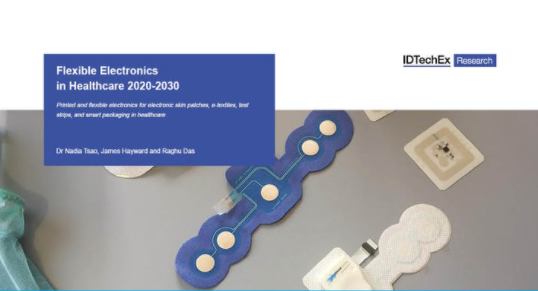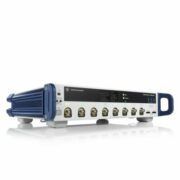Traditional electronic systems have an inherently rigid form factor. Developing flexibility and related properties such as stretchability into these systems enables electronics to be added in a wider range of applications and products where flexibility is essential. Using technologies such as printed electronics, new form factors and new products can be developed.
Electronics meets healthcare
There is a general market trend across all of healthcare towards increasing digitization. Digital health solutions such as telehealth, telemedicine and its subset, remote patient monitoring, bring much needed decentralization (keeping patients out of hospitals) while still maintaining close contact with patients. Moving from discrete monitoring at each doctor’s visit to continuous monitoring via connected medical devices such as wearables can provide improved diagnostic capability and the opportunity to deliver preventative care. Overall, the solution that digital health brings to traditional healthcare is decreased costs while still maintaining a high level of care.
Traditionally, patient compliance to medical interventions is low, as is the long-term use of wearable devices in general. Remote patient monitoring requires a high level of adherence by the patient, so options where the tests can happen automatically as the patient goes about their normal life are preferable. Ideas such as “fit and forget” or “always-on monitoring” are favorable within this scenario. Devices which are fitted by a doctor and stay in place, or part of a person’s daily life, can be options to achieve this. These devices need to interface with the body, be safe and comfortable in long term wear, and not cause the patient any unnecessary burden in order to maximize compliance.










